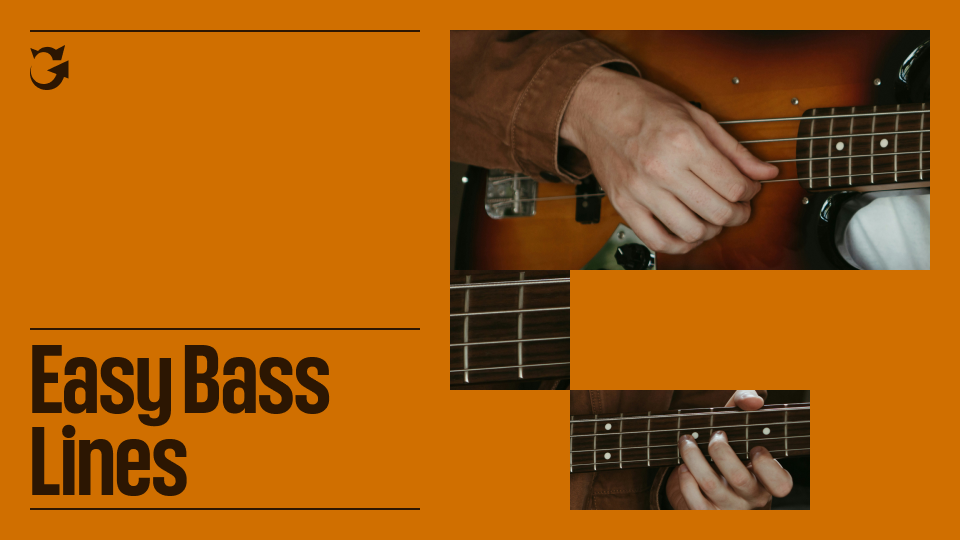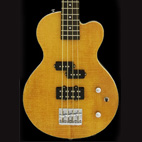
This bass strings material is known to retain the sparkly and bright response of steel.

This material is very popular with metal, rock, and jazz players since it produces a dazzling tone that has excellent corrosion resistance. They offer the best sound for the early 50s and 60s pop bass and rock and country bass. They are warmer with less magnetic attraction, and they produce high vintage tones. Nickel-plated steel tends to be the choice of most bassists in different music genres as the material offers a comfortable feel with a bright tone. As a beginner, we recommend you stick with something from this list until you develop an ear for the variations in tone. These are the most common things you’ll find on the market, but there are always new materials being tested. Here are the standard materials that are used to make your favorite bass strings. Bass strings are made using metal alloys that impact their tone, durability, and feel. The most important thing when it comes to choosing your string gauge is to get the perfect gauge that will suit your taste and the most advisable one is the medium setting for the new bases you can experiment with another gauge later.Īny good bass guitar player knows that a solid bass guitar riff can set a crowd buzzing, so the sound your strings makes is extremely important. Some bass guitar users prefer to buy single strings that gauge according to their preferences than be limited by the manufactures string gauge guide. In a similar case, another light 5 string bass guitar may gauge heavier on a B string with 0.130. You can find that most of the bass four strings guitar sets have G and D strings with medium weight gauging around 0.045 to 0.065 while those of light strings A and E strings measure 0.080 to 0.100. Some manufacturers are known to take the mix and match approach in creating string sets. Most bass strings have a medium gauge, a standard 4-string bass guitar ranges between 0.045 and 0.105 inches thick. Additionally, a heavier gauge produces a lower tone. A heavier gauge produces a richer tone that is determined by the strength of your fingers. String gauges are measured by the diameter of the string and are usually expressed using the measurement of thousandths for every inch. Beginning at the apex of your bass guitar here is the order of the strings and the open note associated with each. An open string is one string that is not pressed down on top of any fret. The first thing we need to understand is there are different strings, and different string notes, for the three different types of bass you commonly will find.īass guitar strings are usually named for the keynotes produced when the open string is played. The strings might be the most important part of your bass guitar. Difference between Bass Guitar Strings and Electric Guitar Strings.



 0 kommentar(er)
0 kommentar(er)
